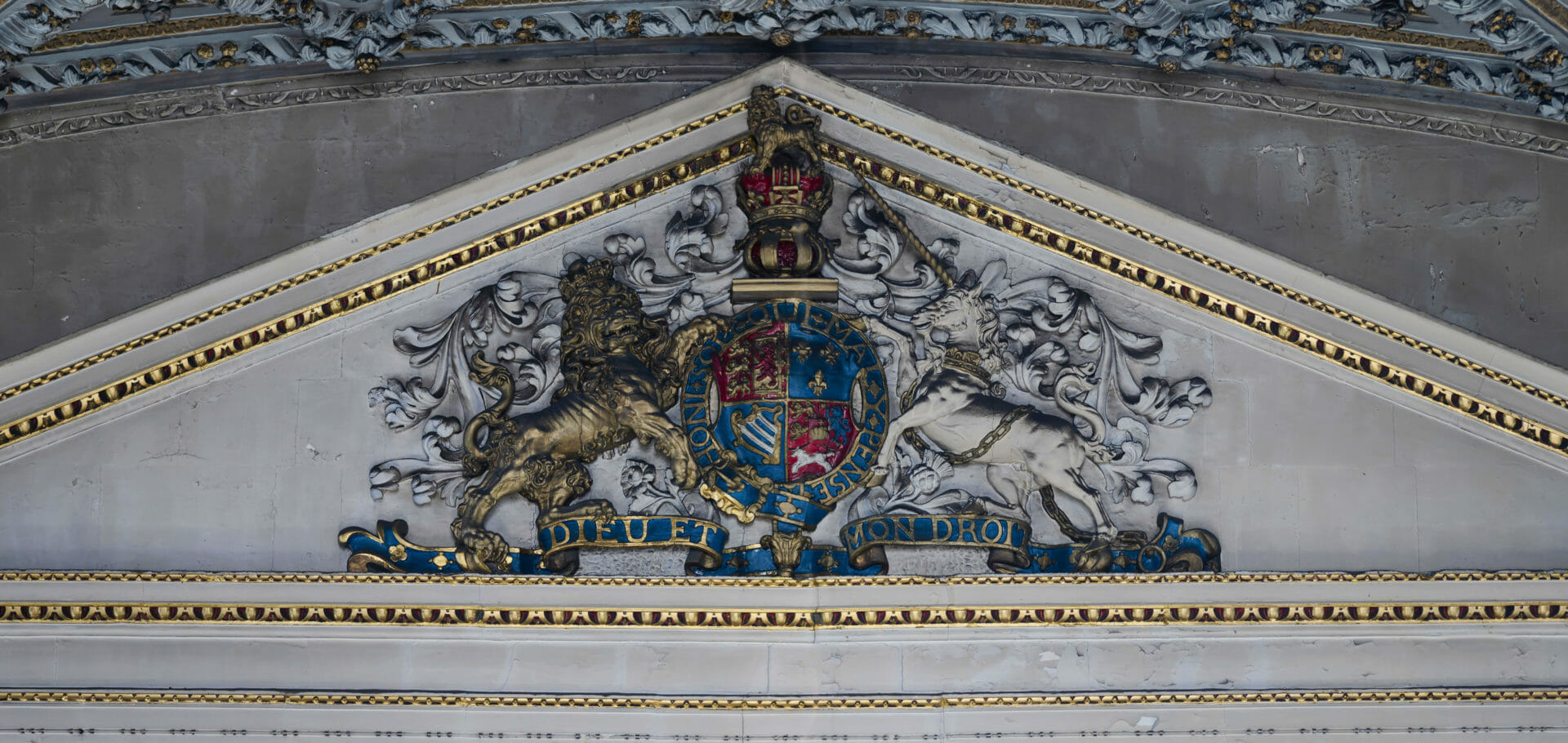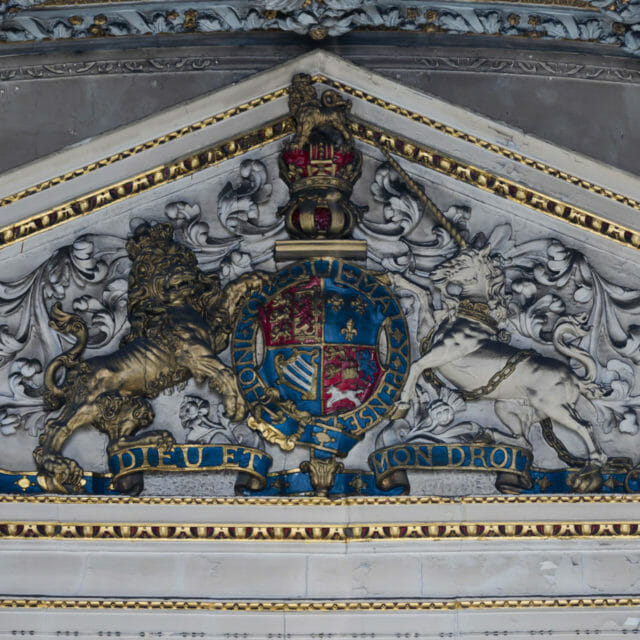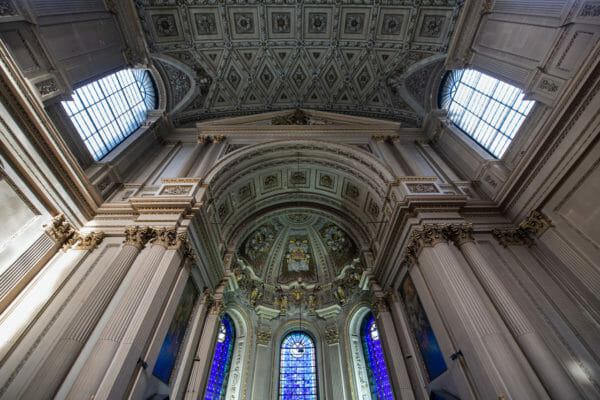You can now visit St Mary le Strand church virtually. Click on the pictures to explore a virtual model of the church interior or travel back through time with us to see it when it was consecrated in 1724. Each tour comprises two 360-degree scenes that you can use your mouse (or equivalent, depending on your device) to look around. There are buttons to click on for more information and relevant pictures. We would love to know what you think of these, and what content you would like to see added in the future? Send us an email through our contact page or talk to us on social media.
Heritage Engagement
These digital models help to preserve the heritage of this very important site, as well as adding to our growing knowledge of St Mary le Strand.
By increasing virtual options, people all over the world can access this internationally important site remotely especially when physical visits are difficult.
We hope to generate learning and engagement projects based on the technology we now have in place – if you represent an educational institution, please get in touch and see what we can do with you to help bring St Mary le Strand, its architect and builders, into your curriculum. We are enthusiastic about helping to trigger an interest an architecture, historic buildings and 18th century social history.
We could not, of course, have done this without generous funding support from National Lottery Heritage Fund’s resilience grant.
Original Church 1724
St Mary le Strand is an elegant example of the short-lived English baroque architecture that flourished between the Restoration in 1660 and the death of Queen Anne in 1714. Designed and built between 1714 and 1724 by great architect, James Gibbs, who had to make many changes in its design during its creation to reflect the political turmoil and new fashions at the beginning of the 18th century.
Current church 2022
The church has undergone a few changes since its creation including the pulpit moving multiple times. The largest change, influenced by the Oxford movement, was during the Victorian period. The interior however, as you can see, remains largely as completed.


